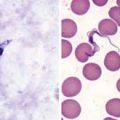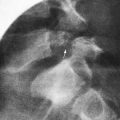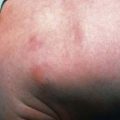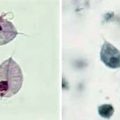Chapter 312 Obstructing and Motility Disorders of the Esophagus
Extrinsic
Enlarged mediastinal or subcarinal lymph nodes, caused by infection (tuberculosis, histoplasmosis) or neoplasm (lymphoma), are the most common external masses that compress the esophagus and produce obstructive symptoms. Vascular anomalies can also compress the esophagus; dysphagia lusoria is a term denoting the dysphagia produced by a developmental vascular anomaly, which is often an aberrant right subclavian artery or right-sided or double aortic arch (Chapter 426.1).
Erdeve O, Kologlu M, Atasay B, Arsan S. Primary cricopharyngeal achalasia in a newborn treated by balloon dilatation. Int J Pediatr Otorhinolaryngol. 2007;71:165-168.
Marlais M, Fishman JR, Fell JME, et al. UK incidence of achalasia: an 11-year national epidemiological study. Arch Dis Child. 2011;96:192-194.
Mishra A, Wang M, Pemmaraju VR, et al. Esophageal remodeling develops as a consequence of tissue specific IL-5–induced eosinophilia. Gastroenterology. 2008;134:204-214.
Nurko S, Rosen R. Esophageal dysmotility in patients who have eosinophilic esophagitis. Gastrointest Endosc Clin N Am. 2008;18:73-89. ix






